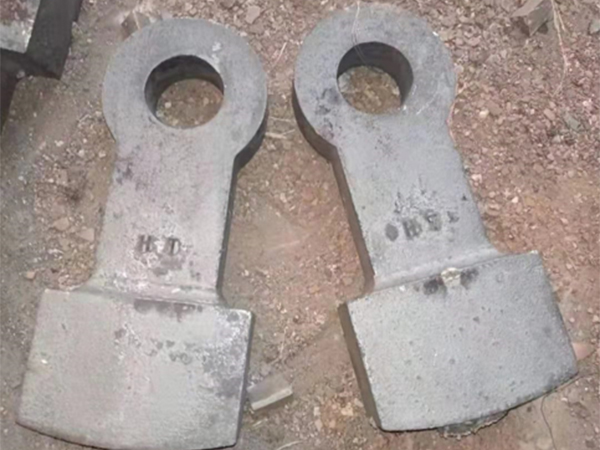Sand casting, also known as sand mold casting, is a widely used metal casting process that involves the use of sand as the mold material. This technique is particularly valuable when it comes to creating complex stainless steel components. The unique properties of stainless steel, coupled with the versatility of sand casting, make it an ideal choice for a variety of applications.
Sand casting offers several advantages over other casting methods. One of the primary benefits is its ability to produce intricate shapes and designs. The sand mold can be easily shaped and customized to accommodate various forms, which is particularly important for industries requiring specific geometries, such as automotive, aerospace, and marine applications. Additionally, sand casting can be used for small to large scale production, making it a flexible option.
The process begins with creating a pattern, usually made of metal or plastic, that replicates the desired final product. This pattern is then used to form the sand mold, which consists of a mixture of sand, clay, and water. Once the mold is prepared, molten stainless steel is poured into the cavity. The resulting cast part, after cooling and solidifying, can exhibit excellent mechanical properties and surface finishes, characteristic of stainless steel.
sand casting stainless steel

One of the most significant aspects of sand casting stainless steel is its ability to produce parts that resist corrosion, making them suitable for harsh environments. Many industries, including food processing, chemical manufacturing, and construction, rely on stainless steel components for their durability and longevity. The ability to cast these components using sand casting techniques ensures that manufacturers can meet the stringent requirements of these sectors.
Furthermore, advancements in sand casting technology have improved the overall quality of the castings. Techniques such as computer-aided design (CAD) and computer-aided manufacturing (CAM) have streamlined the process, allowing for greater precision and efficiency. This innovation leads to reduced tolerances and enhanced quality control, ensuring that the final products meet industry standards.
In conclusion, sand casting stainless steel is a crucial manufacturing process that combines the versatility of sand casting with the desirable properties of stainless steel. It facilitates the production of complex, durable components that meet the demands of various industries. As technology continues to evolve, the future of sand casting looks promising, with ongoing improvements in efficiency and quality. This process will remain a pivotal part of manufacturing, providing solutions for a wide range of applications.
Post time:Там . 26, 2024 19:21
Next:Name
